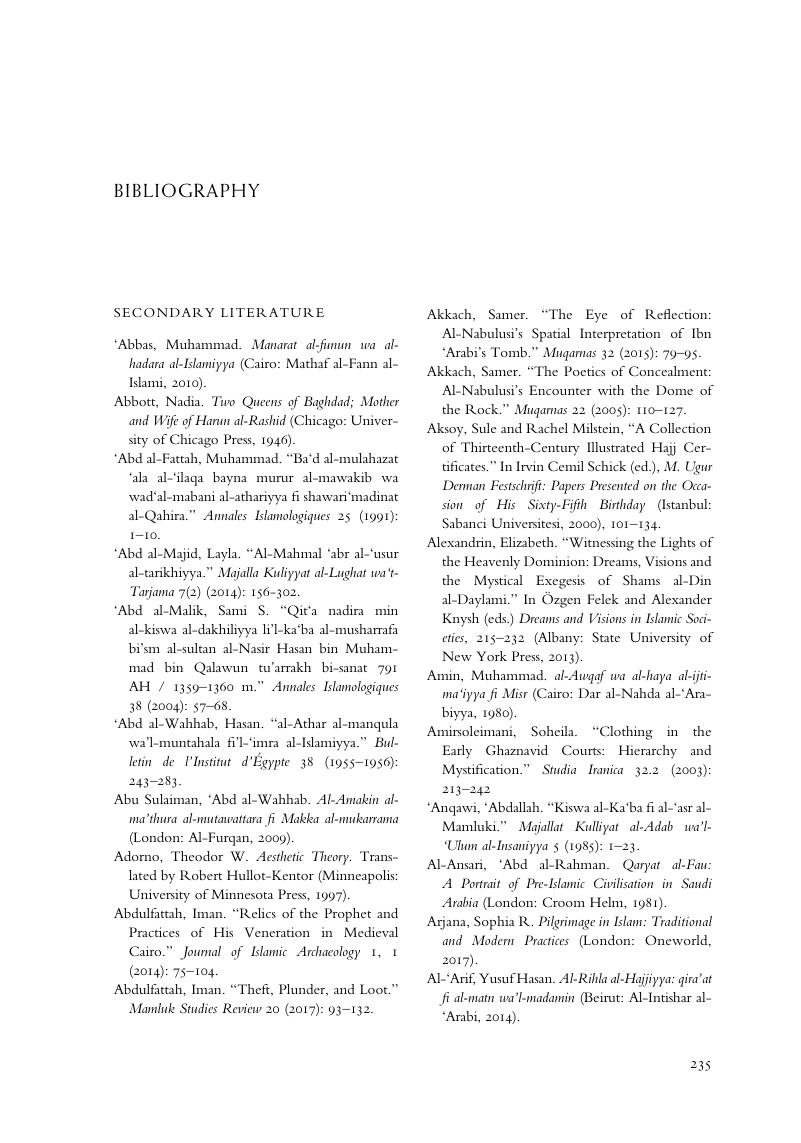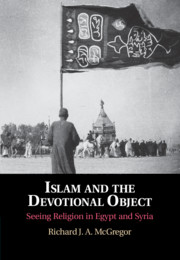Book contents
- Islam and the Devotional Object
- Islam and the Devotional Object
- Copyright page
- Contents
- Illustrations
- Preface
- Acknowledgments
- Note on Transliteration and Dates
- Introduction
- One Objects over Distance
- Two An Exuberant and Elusive Palanquin
- Three Processions, Banners, and the Religious Spectacle
- Four The Relic and Its Witness
- Five Religious Topography and the Relic
- Six Defacing and Displacing
- Epilogue
- Notes
- Bibliography
- Index
- References
Bibliography
Published online by Cambridge University Press: 16 June 2020
- Islam and the Devotional Object
- Islam and the Devotional Object
- Copyright page
- Contents
- Illustrations
- Preface
- Acknowledgments
- Note on Transliteration and Dates
- Introduction
- One Objects over Distance
- Two An Exuberant and Elusive Palanquin
- Three Processions, Banners, and the Religious Spectacle
- Four The Relic and Its Witness
- Five Religious Topography and the Relic
- Six Defacing and Displacing
- Epilogue
- Notes
- Bibliography
- Index
- References
Summary

Information
- Type
- Chapter
- Information
- Islam and the Devotional ObjectSeeing Religion in Egypt and Syria, pp. 235 - 260Publisher: Cambridge University PressPrint publication year: 2020
